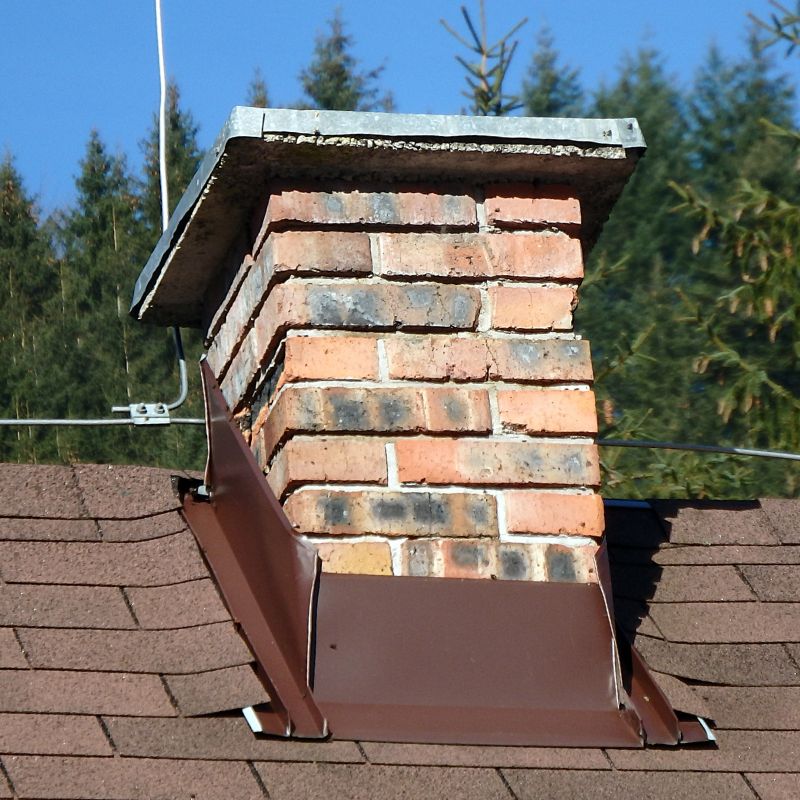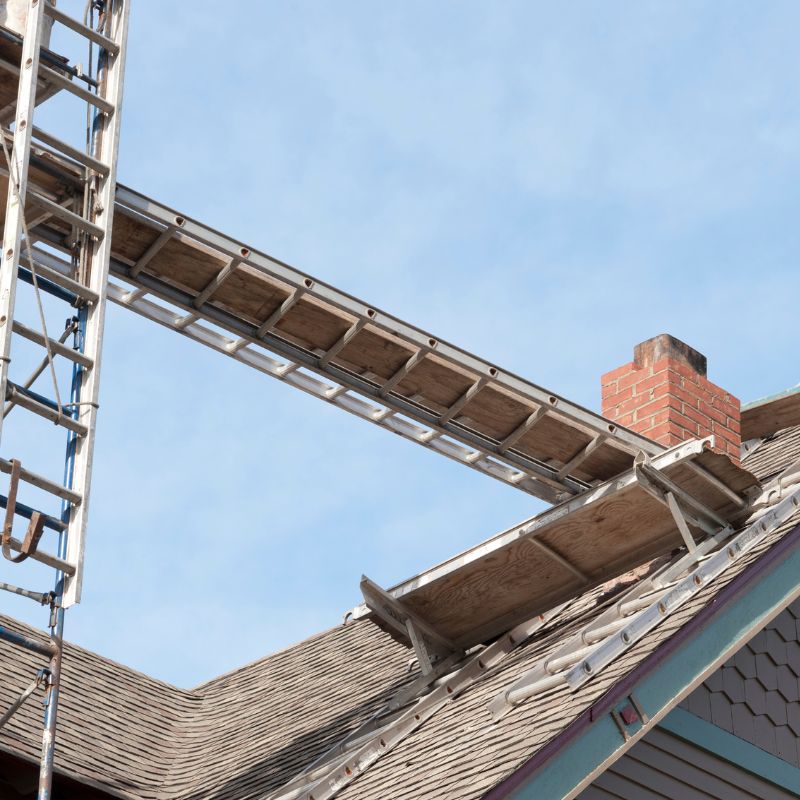A beautiful and operational fireplace or wood stove is highly desired by most homeowners today. Not only do these appliances properly heat a home in the winter time, but they become a great place to gather and relax with family and friends too.
If you have a fireplace, you know how great it can be…but let’s say you have some concerns about that old chimney. You’re realizing it’s starting to not look as good as it used to – or even perform as well as it did in the past. Is it possible to bring it back to its old glory days?
Yes, it is! With a little TLC and professional know-how, Ozark Stove and Chimney can make it as good as new. Masonry repairs are one of the things we specialize in, and we would be happy to walk you through the process and answer any questions you have about your chimney’s restoration along the way. Ready to get started? Call or book online today.
How Do I Know if My Old Chimney Needs Restoration?
A chimney restoration is the process of repairing or refurbishing a chimney back to its proper structural integrity, functionality, and aesthetic appeal. This differs from a chimney rebuild because chimney restorations typically involve minor repairs and improvements, rather than reconstructing a chimney from the base up.
Over time, it’s common for chimneys to deteriorate for several reasons such as age, weather exposure, basic wear and tear, or lack of regular maintenance. Some common signs to look for when you suspect a chimney restoration may be needed in the near future include:

- Cracks/Gaps in Brick & Mortar: The purpose of mortar joints is to keep your chimney’s structure tight and in place. Repeated exposure to water, snow, ice, and humidity can cause the mortar to chip away, leaving gaps between the bricks.
- Deterioration or Spalling Brick: Bricks absorb water naturally, and if you live in a place where temperatures get below freezing, the constant pattern of freezing and thawing causes the bricks to flake, peel, crumble, and/or loosen.
- Leaks or Water Damage: If you find water dripping from your chimney or moisture developing around it after it rains, you need to get this taken care of immediately to avoid further water damage to your chimney, roof, and the interior walls of your home.
- Damaged or Missing Chimney Crown: The chimney crown sits at the top of your chimney and protects the brick structure from absorbing moisture from any snow or rain (thus, leading to water damage). If you haven’t noticed yet, water is a chimney’s greatest enemy, so a damaged crown is something to address.
- Flue Liner Issues: If you start seeing flakes of chimney tiles in your fireplace or stove pipe, this means your flue liner is damaged. Not getting this liner replaced as soon as possible can allow superheated and toxic gases to seep inside your home.
- Leaning Chimney: A leaning chimney is a serious sign of structural instability. Ignoring this could lead to a complete collapse of your chimney, in which case a more expensive and more involved chimney rebuild would have to happen.
What Steps Are Involved in the Chimney Restoration Process?
By now, you’ve probably determined that you’re definitely in need of some masonry repairs on that old chimney. So what exactly does that process look like? After scheduling an appointment to begin restoring your chimney, you can expect one or more of the following to take place:
- Inspection & Assessment: A chimney technician will do a thorough inspection and assess the overall condition of the chimney. They are looking to identify any structural issues, damage, or areas in need of repair. They will also be able to provide you with an estimate outlining the cost of services that need to be performed.

- Cleaning & Removal of Debris: After you have agreed to have the job done, the hard work begins. …but not before the chimney is cleaned and any debris, dirt, or vegetation is removed. Effective repairs require a clean surface.
- Repairing Mortar Joints: This process is also called repointing or tuckpointing. It is the process of carefully removing the old mortar, then applying new mortar in its place between the bricks.
- Brick Replacement & Repair: Remember that spalling brick we talked about? We will replace these with new pieces, matching the existing brick’s size, shape, and color in the process.
- Chimney Crown Repair or Replacement: To help ensure no more water runoff can enter your chimney, we will likely lay a new layer of concrete on your chimney crown.
- Waterproofing & Sealing: Since brick naturally absorbs some water, applying a waterproof sealant to the exterior of the chimney will add a barrier to prevent water penetration and moisture damage.
- Structural Reinforcement: If it is necessary to stabilize and reinforce the structure of your chimney, corrective action will be completed.
Once the chimney restoration work is complete, a final inspection will be performed to ensure all repairs are properly completed and meet all safety standards.
Who Offers the Best Chimney Restorations Near Me?
Look no further than Ozark Stove and Chimney for all of your chimney restoration needs. We provide all of our customers with lifetime warranty on all of our work, so you know you will be in good hands.
Call us today at 417-201-6585 or schedule an appointment online today.
